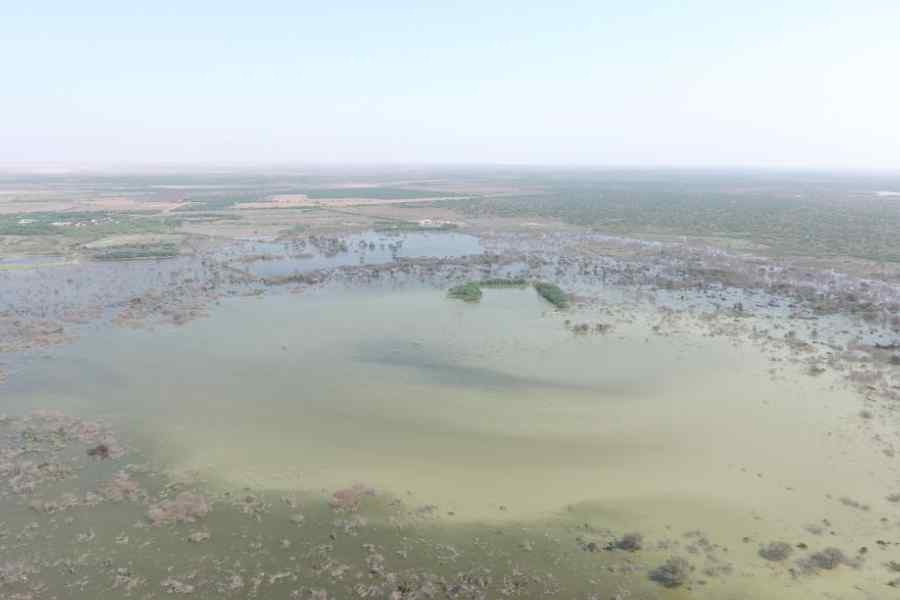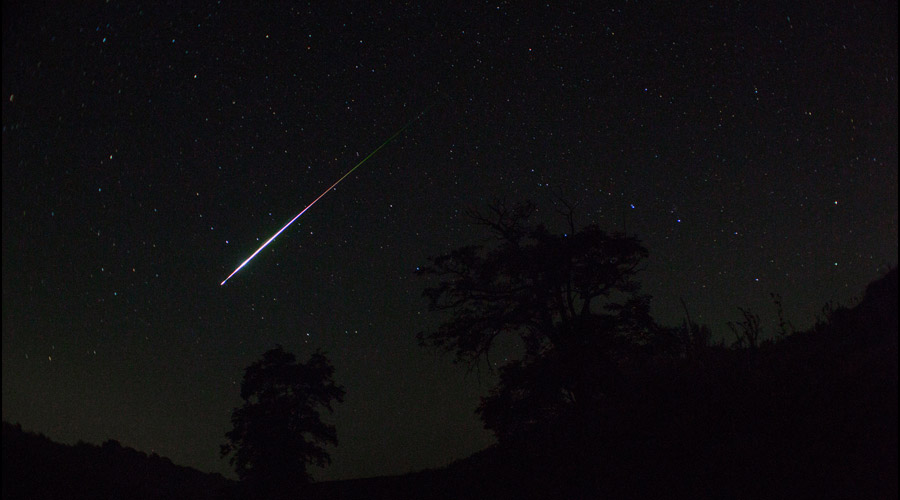A meteorite the size of a 10-storey building crashed into India’s Kutch region about 6,900 years ago, carving out what scientists have now classified with certainty as the country’s fourth impact crater.
The scientists have discovered distinct geochemical and mineralogical signatures of a meteorite impact in sediments from a giant bowl-shaped depression in an area named the Banni plains in the salt marshlands of Kutch, 80km from Bhuj.
Vadodara-based geologist Vishvanatha Karanth and his colleagues had 17 years ago first identified the site near a village named Luna as a possible impact crater, citing the typical rim-and-crater structure and glassy meltrock material at the site.
Now, scientists at the University of Kerala, Thiruvananthapuram, and collaborators in other institutions, have detected high concentrations of an element called iridium and two minerals called kirschsteinite and wustite in the sediments.
“All three materials provide tell-tale evidence of a meteorite impact,” K.S. Sajinkumar, a geologist with the University of Kerala, who led the study, told The Telegraph. Iridium is rare on Earth but relatively abundant on some meteorites.
Multiple earlier studies had shown that asteroid and meteorite impacts around the world throughout the planet’s history — including the giant impact that triggered the mass extinction that wiped out the dinosaurs — had deposited iridium on Earth.
Sajinkumar and his colleagues have found that the iridium levels in the Luna crater sediments are much higher than those observed in impact craters of similar size elsewhere in the world.
Their study, just published in the journal Planetary and Space Sciences, has also indicated that the impactor was likely a 100m to 200m iron-rich meteorite. They said plant remains from the site suggest that the impact occurred 6,905 years ago.
For comparison, the Chicxulub meteorite that triggered the dinosaurs’ extinction 66 million years ago was at least 10km in diameter.
Geologists have documented over the decades nearly 200 impact craters around the world, including three in India — Dhala in Madhya Pradesh’s Shivpuri district, Lonar in Maharashtra’s Buldhana district and Ramgarh in Rajasthan’s Baran district.
“The relatively high iridium levels in the Luna crater indicate that the material brought by the meteorite is largely intact at the site,” Sajinkumar said. “It hasn’t been erased or weathered by wind or rainwater or geological events.”
The Luna crater, about 1.7km in the east-west and 1.8km in the north-south directions, lies amid salt pans and is submerged by water from the Indus river and the Arabian Sea for nearly 11 months of the year.
Sajinkumar waited in Thiruvananthapuram for months for the water in the crater to fully evaporate, awaiting an alert from a local resident. The scientists collected the sediment samples from the centre of the lake outward in May 2022.
The crater is close to the remains of ancient Harappan sites but, scientists say, it is unclear whether the meteorite struck close to an early-phase Indus Valley civilisation site or the Harappans arrived later.
“If the Harappans had already established settlements there, they would have seen a short and fiery spectacle in the sky and the impact would have shaken the ground,” Sajinkumar said.
Karanth had told this newspaper in 2006 that preliminary observations had only hinted at an impact and that conclusive evidence would require showing the presence of the rare elements expected to be deposited by the meteorite.











